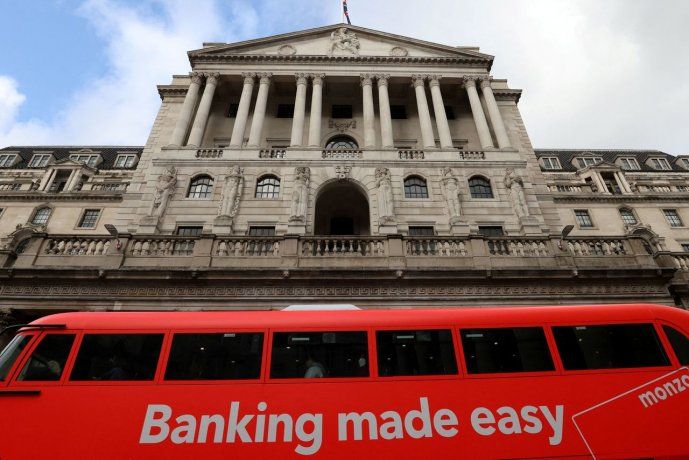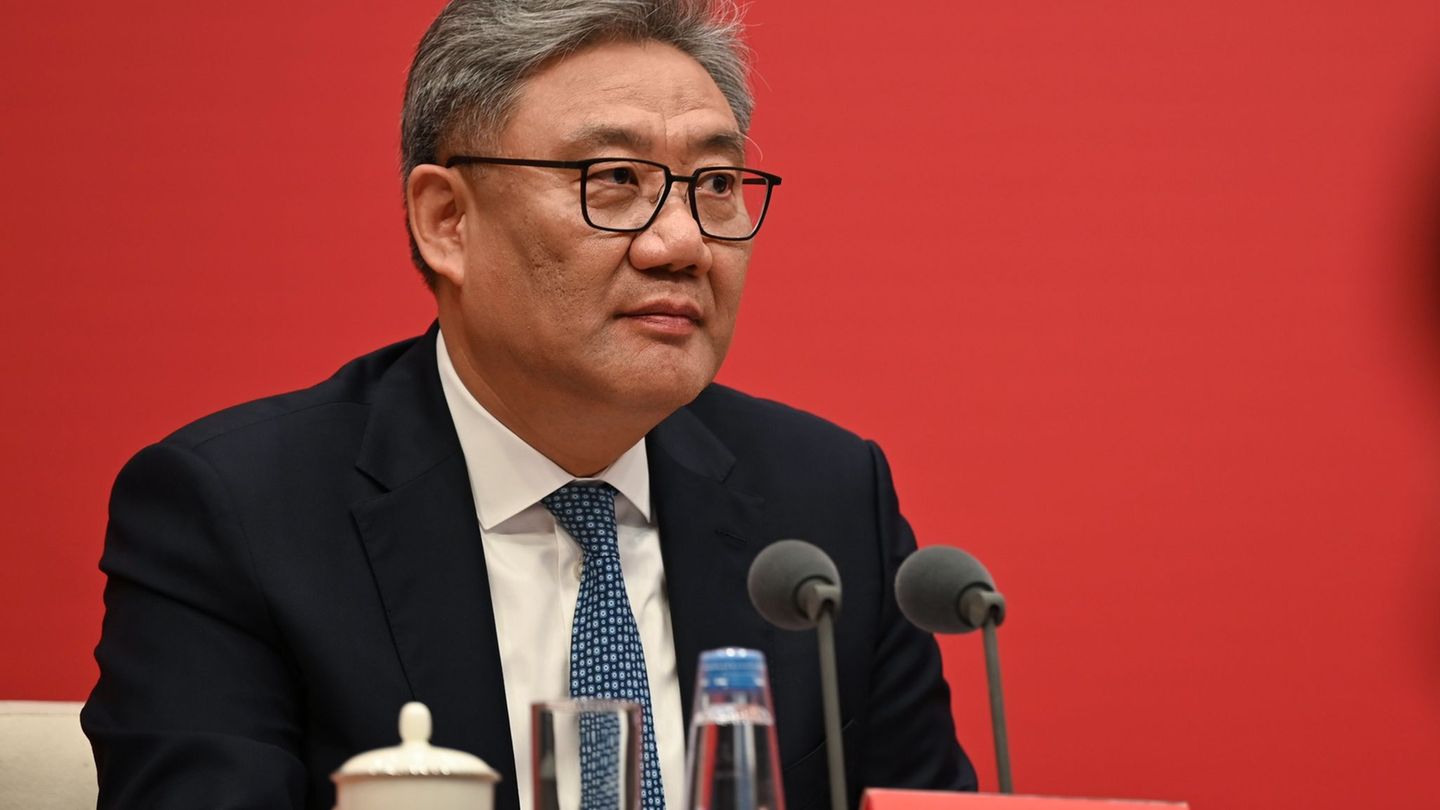The board of the Central Bank of the United Kingdom noted that “the persistence of inflation remains high”, so only one of the eight members voted to reduce the bank rate by 0.25 percentage points.
He Bank of England (BoE) chose to keep the interest rate at 5.3% during its March meeting, which concluded this Thursday morning, keeping them at their highest point in the last 16 years and marking the fifth consecutive pause. Of the eight members present, one proposes reducing the bank rate by 0.25%.
The content you want to access is exclusive to subscribers.
The BoE notes that key indicators of inflationary persistence remain high. Although restrictive monetary policy is putting pressure on real economic activity and generating a more flexible labor market, as well as increasing inflationary pressures, it recognizes that headline inflation continues to decline relatively sharply, partly due to the base and external effects of energy and goods prices.


It is expected that the inflation fall slightly below the 2% target in the second quarter of 2024, before rising again in the third and fourth quarters.
bank-england-2.jpg

Reuters.
Members who voted in favor of maintaining interest rates explain that There are different opinions on the reduction of the risks of persistent inflationary pressures, arguing that more evidence on the persistence of inflation is needed to justify a change in monetary policy. Furthermore, they disagree as to the level of evidence necessary.
BoE: the projection
As for the member who prefers a 0.25% reduction (Swati Dhingra), he argues that waiting longer before reducing the bank rate would negatively affect living standards and supply capacity. She suggests that the bank rate should be less restrictive at this time to facilitate a smooth transition in politics and take into account delays in transmission.
The BoE reiterates that monetary policy must remain restrictive long enough for inflation to return to the 2% target on a sustainable basis in the medium term, in line with the mandate of the Monetary Policy Committee (MPC), which continues to closely monitor signs of persistent inflationary pressures and resilience in the economy as a wholeincluding various measures of the underlying tightness of labor market conditions, wage growth, and service price inflation.
Source: Ambito
I am a 24-year-old writer and journalist who has been working in the news industry for the past two years. I write primarily about market news, so if you’re looking for insights into what’s going on in the stock market or economic indicators, you’ve come to the right place. I also dabble in writing articles on lifestyle trends and pop culture news.




